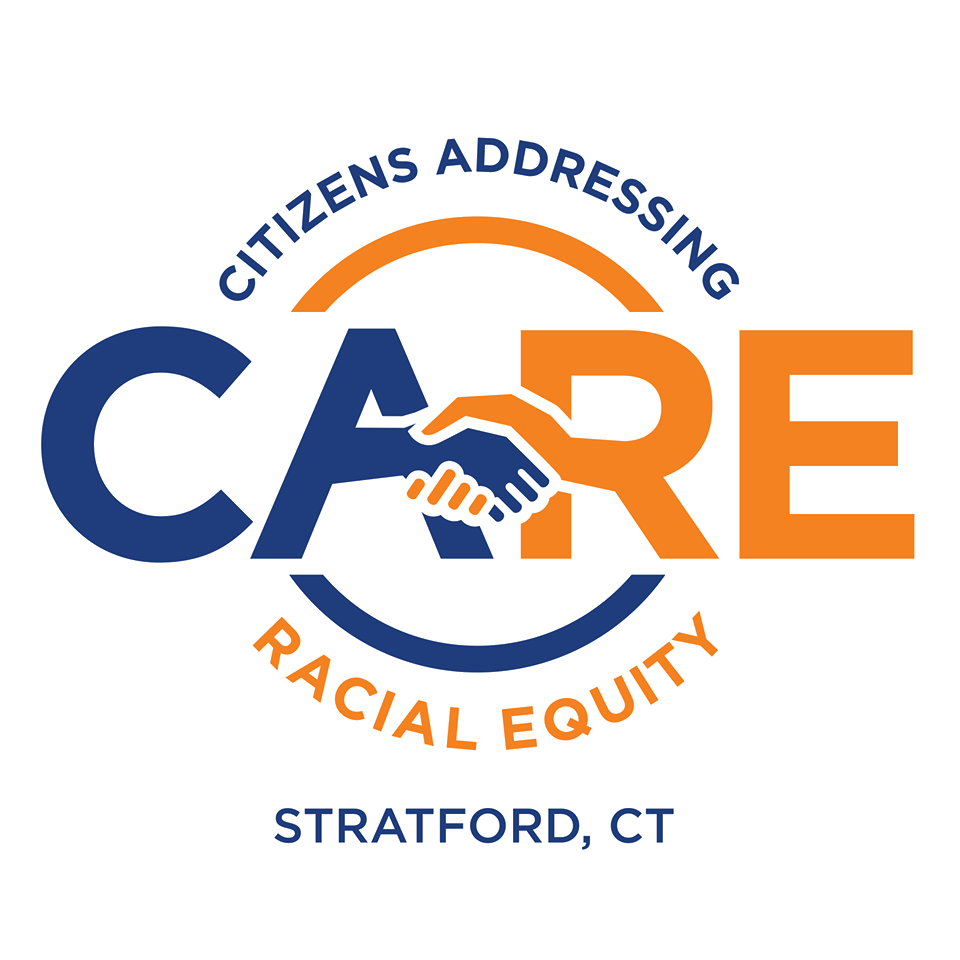CARE’s November meeting focused on diabetes education in underserved communities. Below are speaking points from Tania Livingston, CARE Chair, including links for you to dig deeper. We hope you find this helpful. Thank you for your interest in CARE and for supporting our community.
An estimated 30 million Americans have diabetes, and it is one of the leading causes of concern within our community. An estimated 9.7% of Connecticut adults have been diagnosed with diabetes (types 1 and 2), or approximately 275,500 adults. An additional 91,500 adults are estimated to have undiagnosed diabetes (2018 Behavioral Risk Factor Surveillance System (BRFSS) data).
If symptoms are not managed properly, it can lead to severe health problems, including death. Many people do not understand how to manage their disease. Numerous factors influence who gets diagnosed with type 1 or 2 diabetes, but lack of educational resources contributes to the high number of undiagnosed cases. This blog will discuss how communities can help those who have type diabetes and how individuals can learn more about managing their own health care needs.
Type 1 diabetes is a condition that affects every person, regardless of age or race. In this type of diabetes, the body does not produce insulin and, as such, must rely on external sources for its needs – usually through insulin injections. The body breaks down carbohydrates into sugar for energy, and insulin is a hormone that needs to get glucose from the bloodstream into cells.
Type 2 diabetes is the most common form of diabetes—and it means that your body doesn’t use insulin properly. And while some people can control their blood sugar levels with healthy eating and exercise, others may need medication or an injection to help manage this condition. The majority of those with type 2 diabetes are low-income minorities, making them less likely to receive proper medical attention than other groups with a higher socioeconomic status (SES).
The Connecticut Department of Public Health promotes the use of evidence-based strategies to manage diabetes and prevent or delay the onset of type 2 diabetes in high-burden populations and communities through funding from the Centers for Disease Control and Prevention (CDC).
The first step to combating diabetes is education. Once you understand the basics of this disease, many things can be done to help reduce your risk of developing it or keep it under control. We offer resources with our team of professionals who will be happy to answer any questions about what steps should be taken next. If you want more information on how to take charge of your health and make sure you’re not at higher risk for developing diabetes, please contact us today!
Chat & Resource Information –
- Health Equity Bill of Rights Related to Diabetes in Communities of Color
https://www.diabetes.org/healthequitynow
- American Diabetes Association
- Everything You Need to Know about Diabetes
https://www.diabetes.org/healthy-living
- Health Equity and Genetic Research on Diabetes
https://www.diabetes.org/diabetes/genetics-diabetes
- 60 Second Diabetes Type 2 Risk Test
https://www.diabetes.org/risk-test
- Resources -Find what you need
https://www.diabetes.org/resources
- CMS racial and ethnic disparities in diabetes
